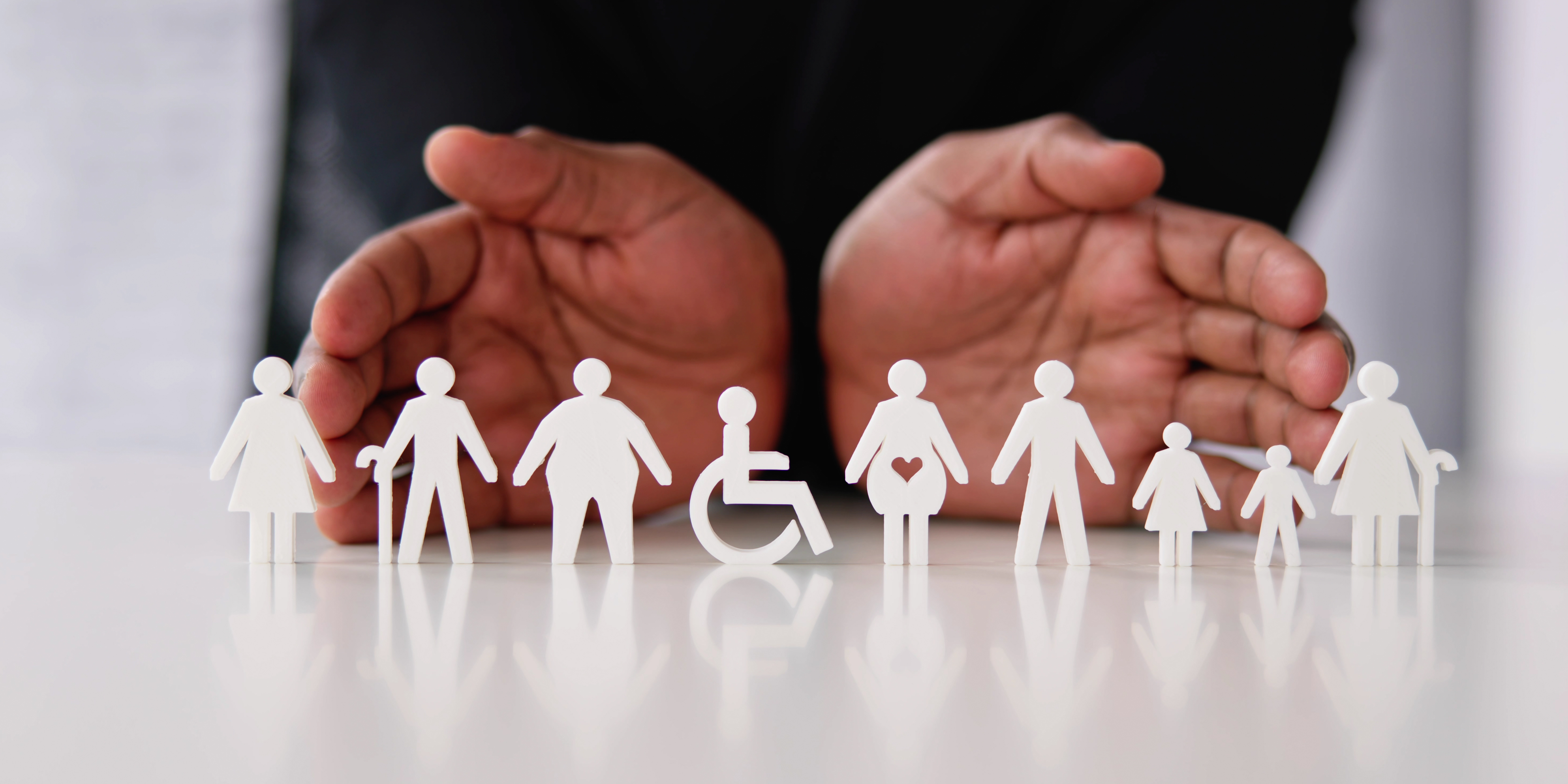3 Ways to Ensure General Education Teachers Are Equipped to Support Students with Disabilities
Recently, a research team from Michigan State University published a study looking at the effectiveness of teachers in improving academic outcomes for students with disabilities compared to students without disabilities. The study looked at data from the Los Angeles Unified School District from 2007 to 2018. The data set drew from 578 schools, comprised over 7,000 teachers, and involved over 660,000 students in grades 3 through 8. Just over 10% of these students were classified as students with disabilities.
This study was based on the need to learn more about teacher effectiveness in working with students with disabilities. Previous research has shown that most general education teacher preparation programs have minimal opportunities to learn about instructional methodology for students with disabilities, and many teachers feel underprepared to support their educational needs.
In response, the team at MSU analyzed teacher value-added measures (VAM) and looked at student test score data, teacher credentials, teacher education, and years of teaching experience. Researchers found that students with disabilities were consistently assigned to teachers with lower VAMs than their non-disabled peers. Also, teachers who were effective with students without disabilities were not necessarily effective for students with disabilities. A bright spot indicated that even though students with disabilities would end up with lower-performing teachers, these teachers were more effective in teaching ELA courses to students with disabilities than students without disabilities. A key takeaway from the study encouraged “schools, districts, and policymakers to consider how data systems might be organized to inform a more systematic and efficient assignment of SWDs to teachers who are most likely to promote equitable academic outcomes” (Wood et al., 2023).
Science Daily summarized that “the bigger inequity, according to Imberman, is that although "some general education teachers do have specialized skills that make them more effective for students with disabilities, our case study in Los Angeles suggested disabled students are typically not matched to these teachers." While the results do not identify how to match teachers and students with disabilities better, they do raise the point to schools and policymakers to explore how both groups of students, especially those with disabilities, can have better academic gains. It is also necessary that educators, especially those who have been teaching longer, receive the appropriate training to support students with disabilities.” (Science Daily, 2024).
As school leaders, how can we use these findings to set teachers up for success? Here are three tips for laying the foundation for supporting all teachers and all students, including students with disabilities.
1. Build a Culture that Supports Inclusive Practices.
Have a mindset shift around inclusive practices. We talk about this all the time in our work around Universal Design for Learning (UDL), but more on this in a moment. When teachers and staff believe all students belong in the general education classroom and have high expectations for all students, we see improvements in academic performance. John Hattie’s work around Visible Learning demonstrates this time and time again. Have a conversation with your staff about what it means to have a mindset that supports inclusive practices.
Use High Leverage Practices (HLPs). The Council for Exceptional Children and the CEEDAR Center have compiled a list of instructional strategies that support all students, regardless of ability level and background. Visit their website to learn more about HLPs. Bonus tip: compare what you already know about UDL and Visible Learning to what you learn about HLPs.
-
Strengthen Specially Designed Instruction (SDI). This is what makes special education “special.” All too often special education teachers have not received the training or support to really develop their knowledge around SDI. Allow special educators to spend time planning and collaborating with each other and general education teachers around what this looks like. Check out this great blog from Zach Smith on his rookie mistake in special education. Download this awesome SDI in the general education classroom resource. It’s one of my favorites! Bonus tip: Make this a part of a conversation around the benefits of co-teaching as you consider implementing or refining models you may have in place.
2. Get Your MTSS Ducks in a Row
Look at your MTSS implementation data. Don’t have any? Check out the MTSS blueprint or consider enrolling your leadership team in our MTSS Institute, Building Success With MTSS, to help you identify growth areas. Looking at data is critical for determining where you need to invest time, energy, and resources. This is the foundation of your Multi-Tiered System of Support (MTSS) system.
Reflect on your own leadership. Do you have a solid understanding of your role in MTSS and how that shapes inclusive practices at your site or district? Check out this blog for a great overview of MTSS and why we need it. Bonus tip: Check out this book for more ideas on developing as a leader that promotes equitable best practices.
Look for gaps in your tiers of support. In an effective MTSS system, we provide high-quality instruction in Tier 1, offer additional supplemental support in Tier 2, and add intensive support in Tier 3. Do you have a clear system in place for academics, behavior, and social-emotional learning? Learn more about tiered instruction and intervention here.
3. Bring it All Together with UDL
Start with Firm Goals and Flexible Means. All good teaching starts with clear goals, expectations, and success criteria. Make sure your teachers know how to define this clearly for kids and that they allow kids to self-reflect and set their own goals. Check out this amazing blog on how clear goals lead to deep learning. Bonus Tip: Use the accompanying infographic with staff as a self-reflection exercise.
Help teachers see themselves as UDL Practitioners. We talk a lot about UDL, but what does it mean to develop the skill sets needed to be an effective teacher? Download this incredible checklist and start using it with your staff.
Make time for self-reflection. UDL is about more than just providing students with learning options and showing what they know. We want students to develop as agents in their own learning. Talk to teachers about the importance of providing opportunities for students to reflect on their progress toward learning goals and their choices during the lesson. This blog is a great resource. Bonus tip: Build time during staff meetings for teachers to reflect on their own practices and combine this process with the UDL Skillset Tool.
Sources
- Michigan State University. "Teacher effectiveness for students with and without disabilities." ScienceDaily. ScienceDaily, 25 March 2024 <www.sciencedaily.com/releases/2024/03/240325114241.htm>.
- Jesse Wood, Ijun Lai, Neil R. Filosa, Scott A. Imberman, Nathan D. Jones, Katharine O. Strunk. Are Effective Teachers for Students With Disabilities Effective Teachers for All? Educational Evaluation and Policy Analysis, 2023; DOI: 10.3102/01623737231214555



